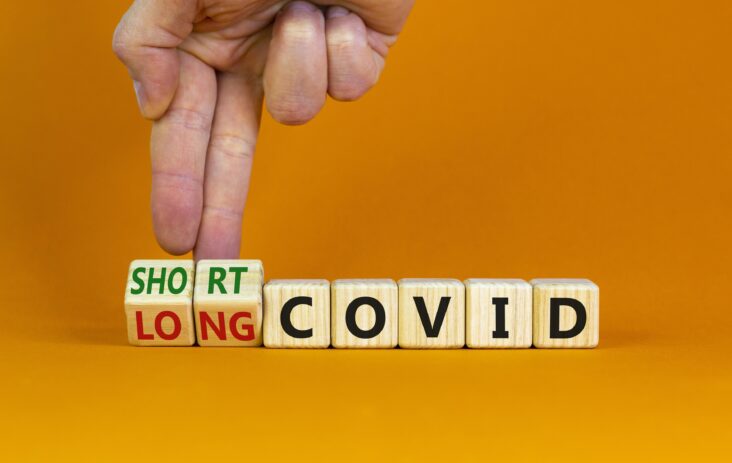Click Here to Download this Blog Post – Long COVID 2025 Part 5
By Dr. Nicholas L. DePace, M..D., F.A.C.C – Cardiologist specializing in autonomic dysfunction, Ehlers-Danlos syndrome and POTS.
This is Part 5 of a 5 Part Series about Redefinition of Long COVID
“Long Covid” – the most important point – treatment.
Patients at times are completely disabled. We feel that attempting to test the autonomic nervous system abnormalities and treating them pharmacologically offers the best chance of symptom improvement and functional improvement.
This is a slow fix and may take six months to one year to start seeing improvements.
We have used vasoactive agents, volume-expanding agents, and rate-lowering agents, such as beta-blockers or Corlanor, and other agents depending on the abnormal physical findings, vital sign findings, especially with provocations, such as tilt and stand and HRV data along with sudomotor dating.
Lifestyle changes, volume expansion orally or intravenously, and antioxidant mitochondrial cocktails are also helpful in our empiric assessments.
There are several long Covid centers that sprung up.
The majority of these have closed, and when individuals look on the internet and call for appointments, they find out that a lot of them are now closed and not operating.
The ones that are operating will often see patients with Telemed and will not bring them in, nor will they test their autonomic nervous system function.
We feel that to get a proper evaluation, you need your autonomic nervous system evaluated and a treatment algorithm has to be put out aggressively as patients, many of them who are young, do indeed feel as though they are having their life taken from them by these post-viral syndromes and the sooner one could feel better symptomatically and have a better understanding of the disorder and can function better the sooner their quality of life can improve, and they can get on track.
There is no guarantee of successful treatment, but we have seen that along with other post-viral chronic fatigue states and autonomic dysfunction states, these treatment protocols are extremely effective in improving quality of life and function in many of our patients with these disorders, including the long Covid syndrome.







